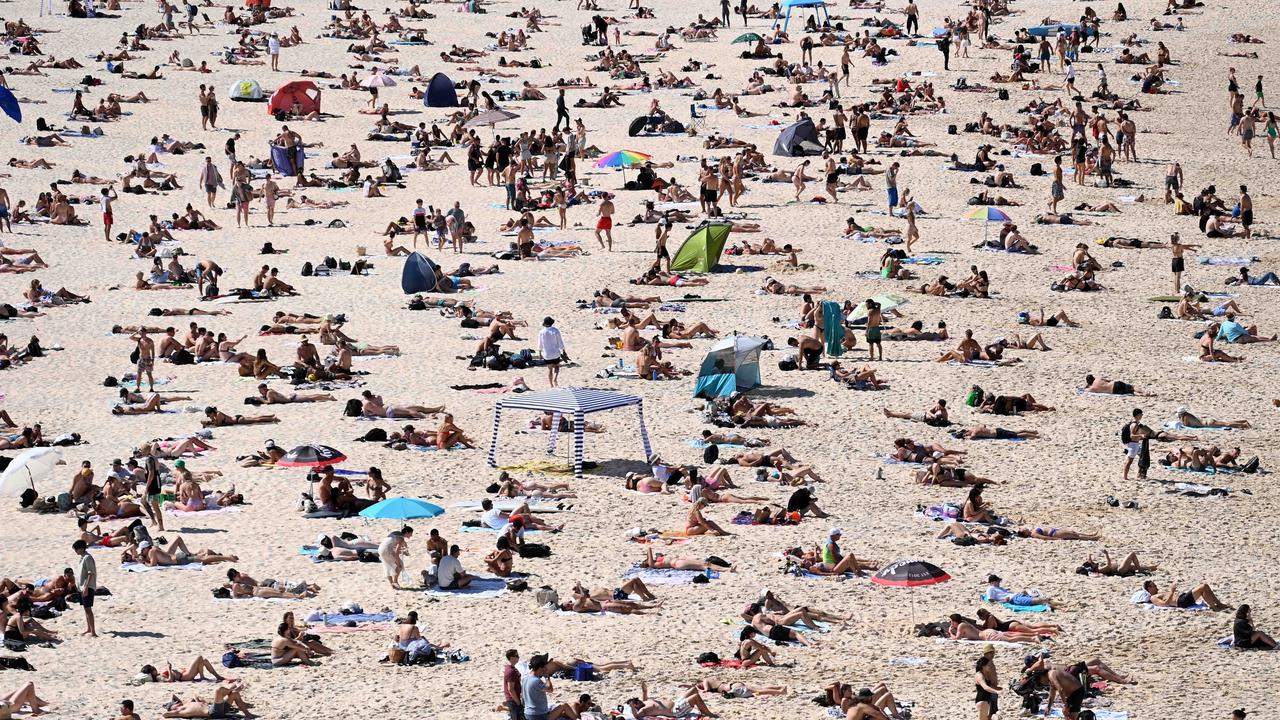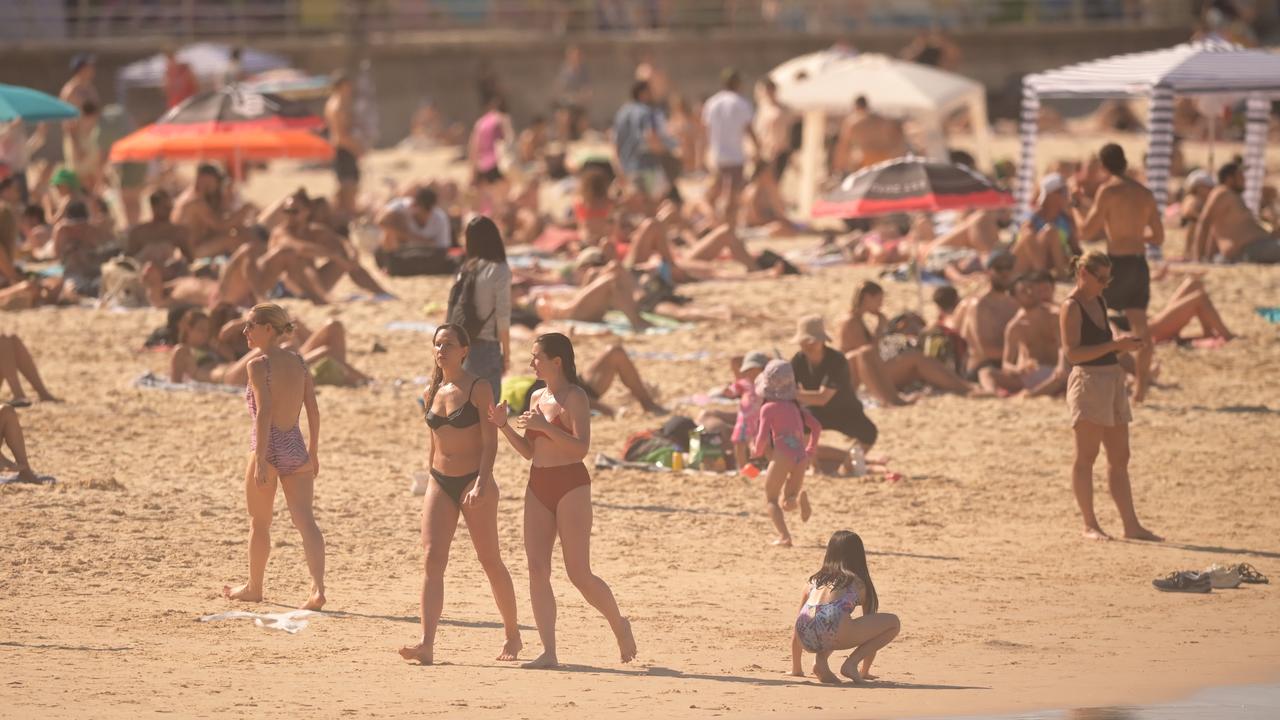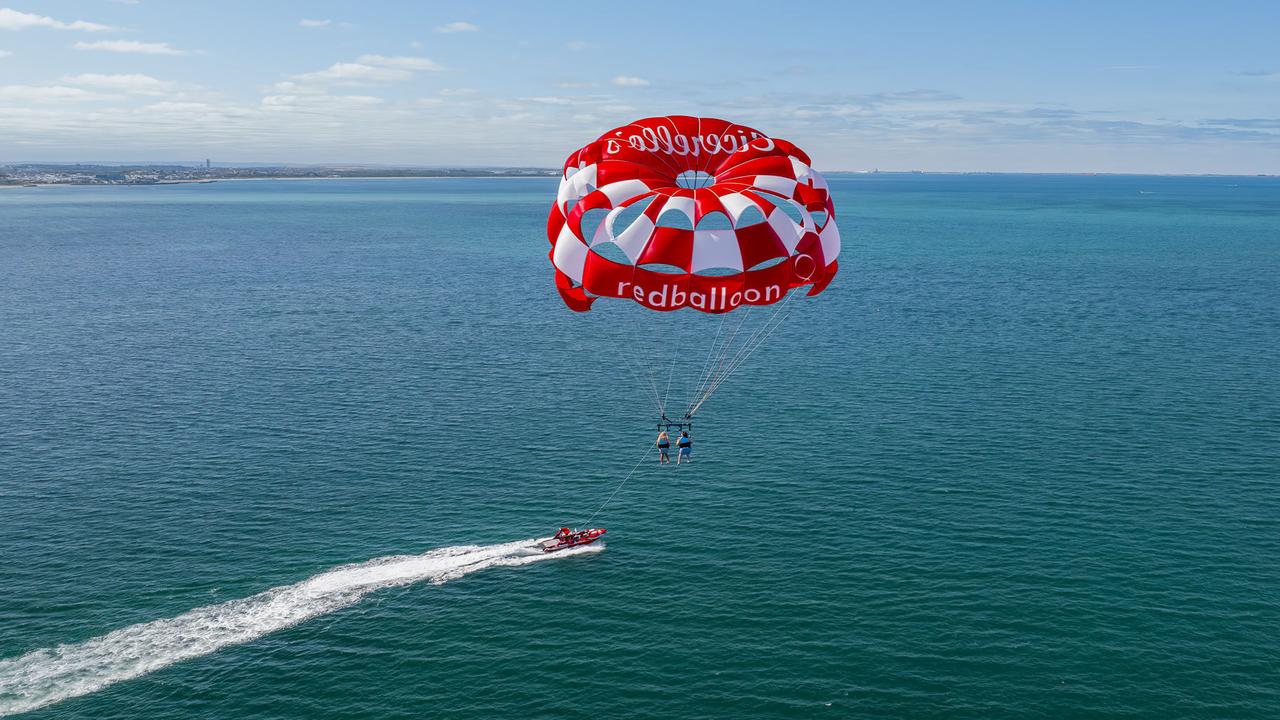How El Niño will influence Aussie tourists’ plans this summer
El Niño is predicted to bring hot, dry weather this summer, with travel plans for Aussies and tourists alike to look very different this year.
After three years of a climate driver called La Niña bringing cool temperatures and record-breaking rain, an El Niño, associated with hot and dry weather, is underway.
Big Red Group chief executive David Anderson says this will influence the way tourists want to experience Australia this summer.
“If you look at the 2019-20 summer season, the last really warm, dry summer, it’s characterised by Aussies en masse getting outdoors,” he told news.com.au.
“[Big Red Group saw] about a 47 per cent increase in bookings on average in that year compared to a normal year.”
The Big Red Group includes tourism experience booking sites RedBalloon, Adrenaline and Experience Oz.


While NSW, ACT, and regional Victoria’s bookings took a hit in the 2019-20 summer because of bushfires, Mr Anderson said states like Western Australia and Tasmania outperformed bookings year-on-year.
WA outdoor experiences were up 72 per cent, and in Tasmania cruises were up 81 per cent and water activities were up 71 per cent. Water experiences in the NT jumped 120 per cent.
This year he expects outdoor and water experiences like kayaking, jetskiing and swimming with dolphins will be extremely popular once again.
“When the weather is warmer and drier people want to go out and experience, and the contrary is true,” he said.
“When it’s wetter and colder there’s direct correlation with weather related refunds and people making last minute decisions not to attend or in fact being denied the opportunity to do things because they’re unseasonal or extreme rainfall.
“The weather does have a really big impact on decision making in planning and in the moment.”

Mr Anderson said some of the traditional centres for tourism experiences like the Gold Coast and Cairns were softer year-on-year and bookings in the greater suburbs of Melbourne and Sydney were up “significantly”, supporting the trend of Aussies wanting to stay closer to home.
“I’d say that we’ll see consumers continue kind of a post-Covid revenge experience and what we’ve seen of course in the current climate is people travelling away less and doing more in their local areas,” he said.
Another reason holiday-makers may stay closer to home is the extreme weather and possibility activities and travel plans could be affected at late notice.

Mr Anderson also predicts Aussies will look to do activities earlier and later in the day to avoid the hottest part of the day.
Days tend to be hotter during El Niño years, especially in southern Australia.
In Northern Australia, there is a greater chance of multi-day heatwaves.
This year, El Niño has also occurred in combination with another climate driver, a positive Indian Ocean Dipole (IOD). That means the heat and dryness we associate with El Niño tend to be exacerbated.

Bureau of Meteorology senior meteorologist Sarah Scully said overall Australians should prepare for dry and warm conditions with an increased risk of heatwaves and bushfire weather this spring and summer.
“Daytime and night-time temperatures have an increased chance of being unusually warm for October to February,” she said.
“Warm nights after hot days means little relief from heat and can lead to heat stress.
“There is always a risk of dangerous and destructive fires in Australia at this time of year. Grass growth due to above average rainfall in the past two to three years is contributing to an increased fire risk.”






